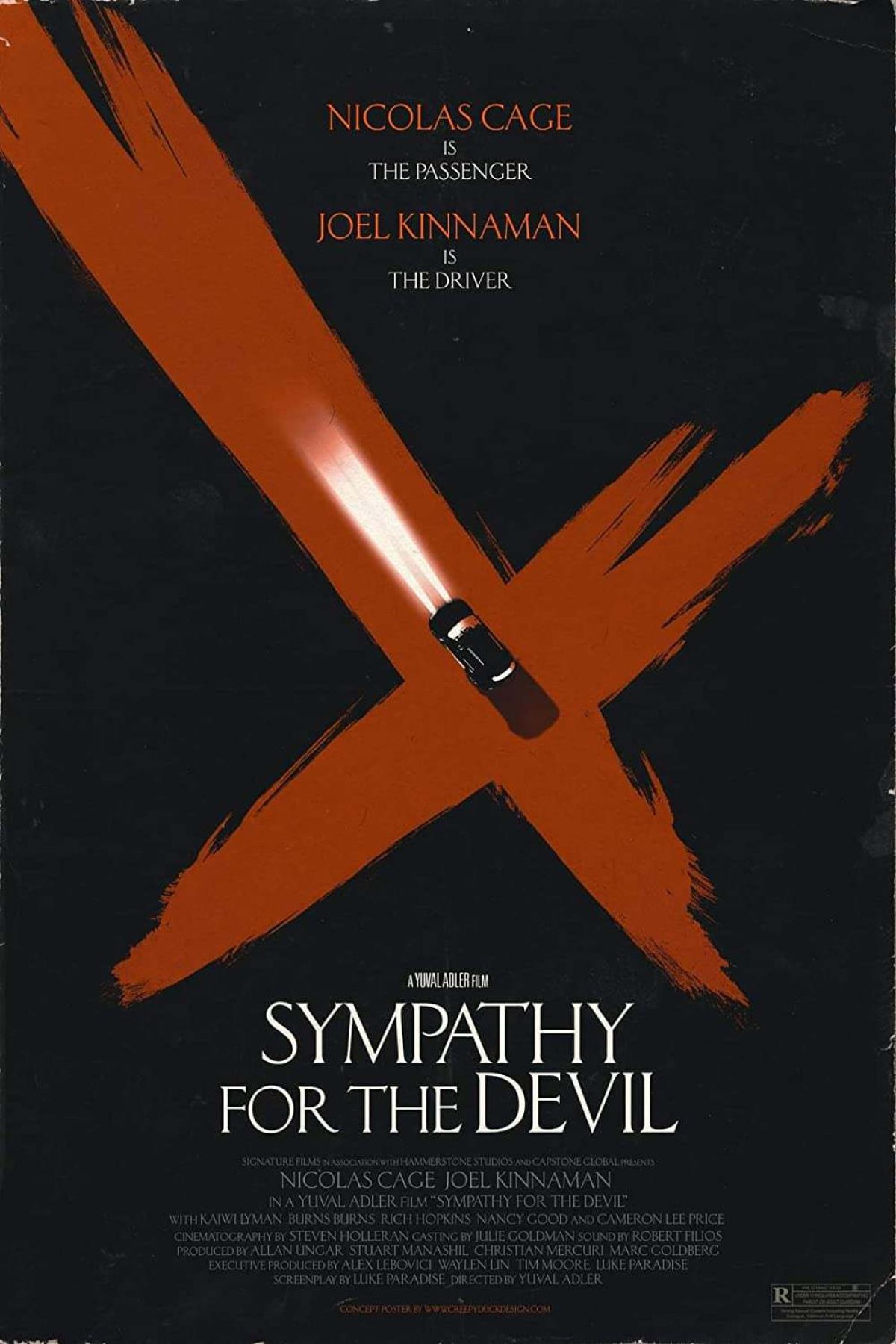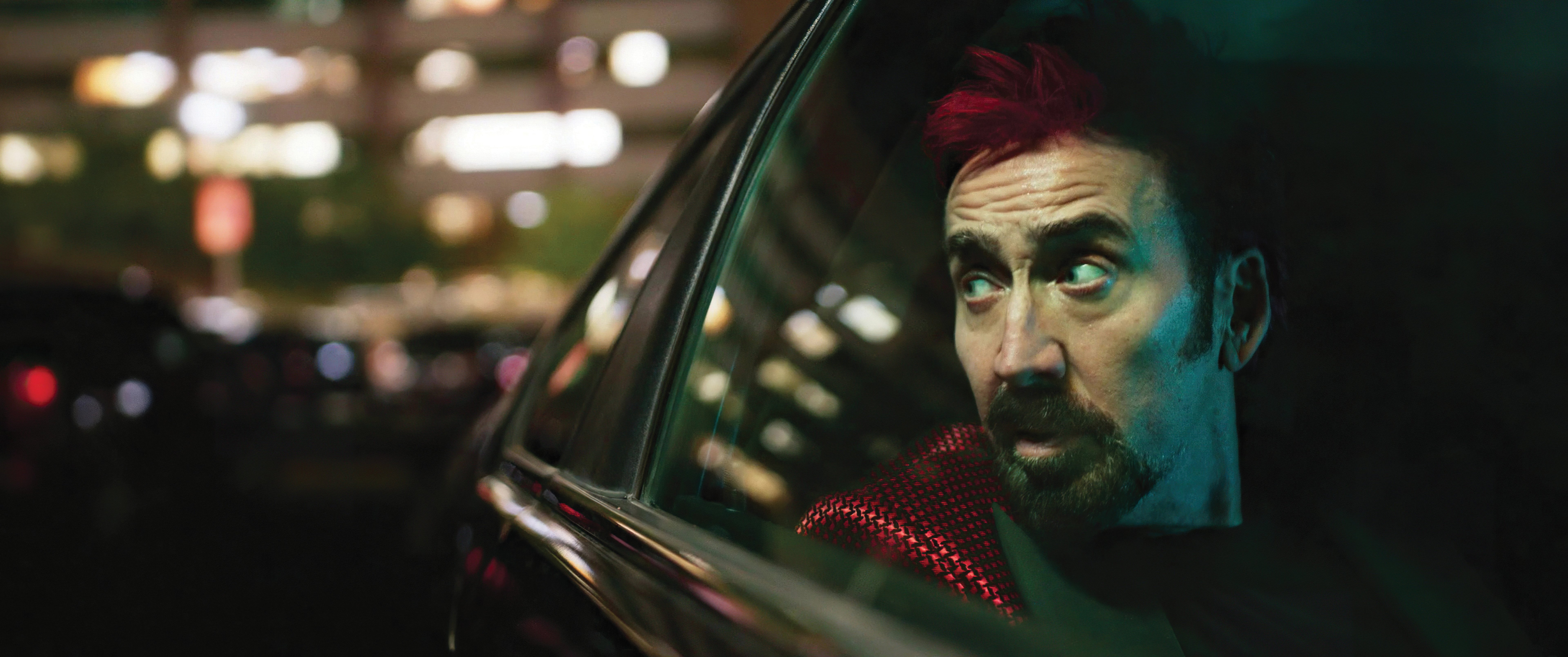
Turning Up the Volume on Sympathy for the Devil
Cinematographer Steven Holleran and director Yuval Adler use plate photography and an LED-wall stage to help present a nefarious night on the road.
All photos courtesy of Hammerstone Studios
LED stages have a wide variety of uses, and one area where they are proving particularly effective is for shooting scenes in moving cars — or, rather, in cars that seem to be moving. The psychological thriller Sympathy for the Devil spends nearly half its runtime traveling the streets of Las Vegas over the course of a night, and even savvy viewers might be surprised to learn that these scenes were captured predominantly in an LED volume, with the background provided by in-camera visual effects composed of pre-recorded plates. Six of the production’s 20 shoot days took place on a volume at Vū Las Vegas. It was the first feature undertaken at the facility, which opened in April 2022.
Full Control
Sympathy — which follows a driver (Joel Kinnaman) as he transports a mysterious passenger (Nicolas Cage) around town in a series of violent encounters — was also the first volume-based shoot for cinematographer Steven Holleran and director Yuval Adler, and the filmmakers agree that the technology poses an array of advantages over traditional process-trailer work.
“Many people don’t understand how challenging the logistics of taking a film on the open road are,” says Adler. “A typical set includes all your talent trailers, bathrooms, makeup department — [and] once you start driving, you’re out of the set, and everybody has to come after you. You’re not sitting with the actors, and you’re not in complete control. If your film has five minutes of driving, it’s fine, but not if you have 35 minutes.”
“We captured 40 to 50 pages of the script within the volume.”
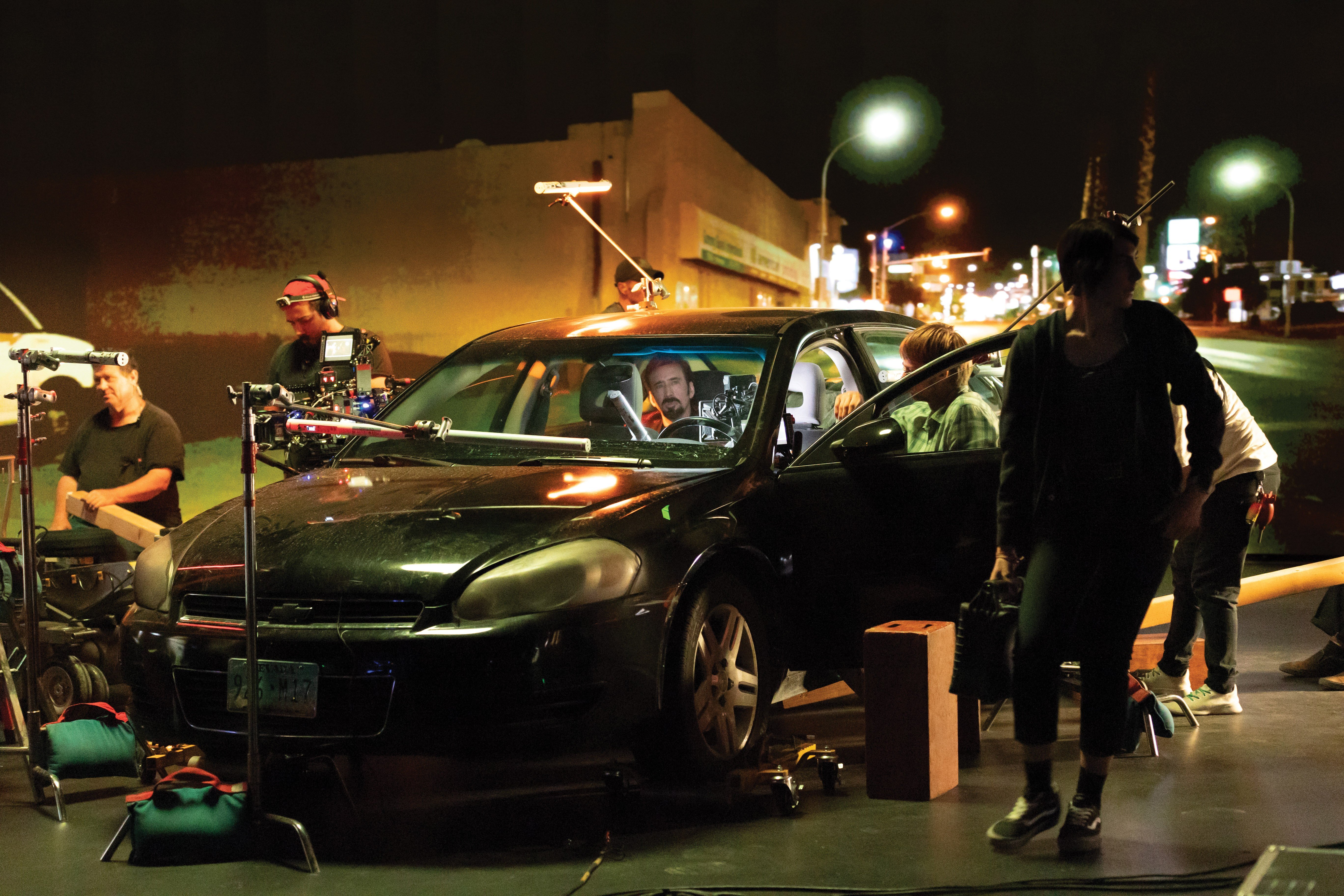
Says Holleran, “What we captured on the volume convinced me you can get better driving footage from a volume than you can get on a process trailer because you have so much more control over how your environment is illuminated. So much of this movie takes place in the car that you don’t want the audience taken out of the story because the driving looks artificial. The ability to redo shots over and over at a much faster rate is also great for actors.
“Another nice thing about the volume,” Holleran adds, “is you can put a lot of different cameras into action pretty quickly compared to trying to rig them to an actual driving car on the street. And on a process trailer, there’s only so much room, but on the stage, you have a ton of space. We were shooting with two Sony Venice 2 cameras the whole time and could do matching over-the-shoulders, French overs, dual-profile shots and rolling frontals. It made us very efficient.”
Vū Las Vegas’ general manager, Jason Soto, adds that the company worked with the Nevada Film Office “to assist with police, permitting and locations. We greatly reduced the permitting, police work and everything else they would have needed for a process-trailer shoot.”
Shooting Plates
With producer Allan Ungar at the wheel and in walkie-communication with the Las Vegas police department, Holleran and Adler captured background plates using eight Sony a7S III mirrorless cameras set at 12,800 ISO with Zeiss Batis 18mm f/2.8 prime lenses on a custom-built metal truss mounted to a Dodge Charger sedan. “The Charger was a standin for our picture vehicle, which is a Chevy Impala,” says Holleran. “We needed something that could capture plates at about the same height.”
“It took a lot of planning the right routes and capturing the correct turns and incidents before shooting anything in the volume itself.”
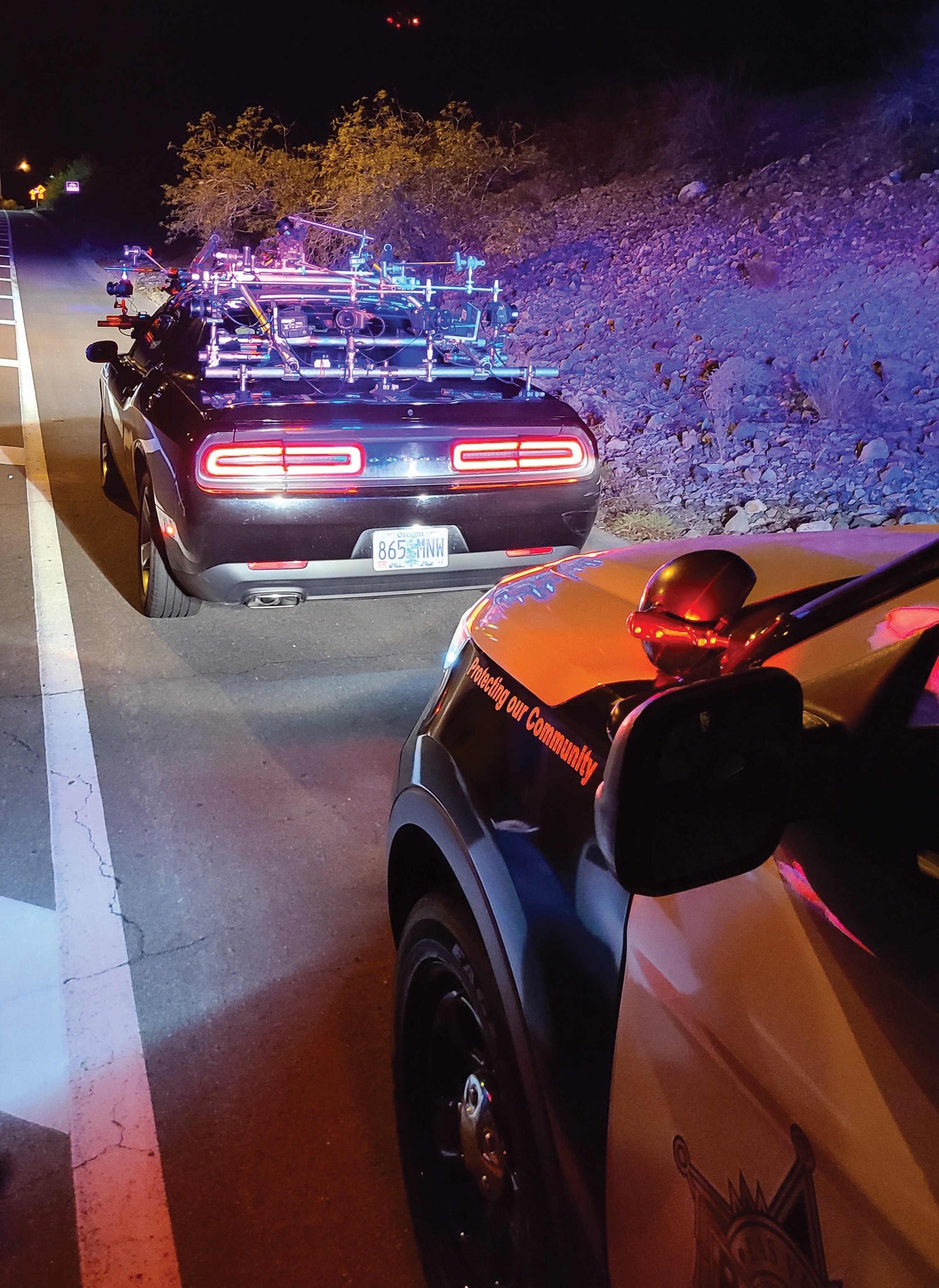
The team drove the route described in the script, including local landmarks such as the Strip and Fremont Street. “We have action around the car at different points of the script that needed to be in the plates so that when our actors drove the car in the volume, these incidents would be happening,” the cinematographer says. “It took a lot to plan the right routes and capture the correct turns and incidents before shooting anything in the volume itself. And we only had two nights to capture all the driving plates.”
Taking the Stage
With the plate shoot completed, the filmmakers shot the rest of the exteriors, and then pivoted to the studio with the actors and the hero vehicle. Vū’s primary LED stage in Vegas includes a 130'x20' curved, J-shaped volume with 2.5mm-pixel-pitch LED panels and a semitransparent LED ceiling. The screen’s total resolution is 16,200x2,400 pixels.
“In total, we captured 40 to 50 pages of the script within the volume,” says Holleran. “There were a few scenes where the car pulls over, and we shot some of those exterior scenes within the volume and then mixed in some footage captured on location.
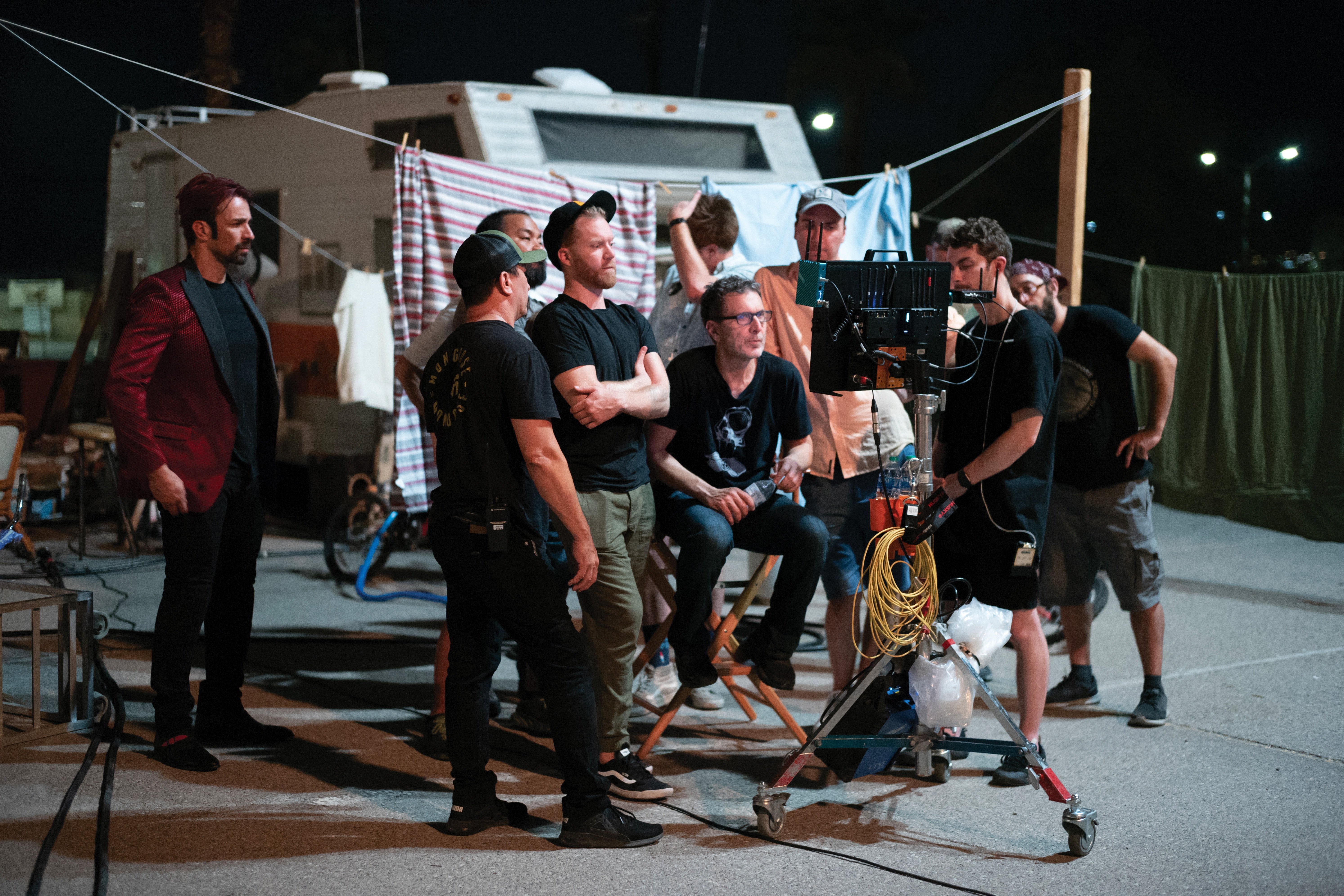
Holleran outfitted the Venice 2 8.6K cameras with Panavision Panaspeed prime lenses. “I worked with [Panavision director of technical marketing] Guy McVicker and good friend Jim Roudebush, VP of marketing [both ASC associate members], to do some tuning work to the lenses, adding some halation to bloom the highlights of city streetlights,” he says. They also “lifted the black levels overall on the lenses to leave a little more room for color. The movie has an underworld, supernatural quality, with pulpiness and pop.
“The initial challenge was capturing extremely low-light footage of sufficient quality to go on the wall,” the cinematographer continues. “It needed to be bright enough to play in the background like a night cityscape and illuminate a good chunk of our driving work. You want the reflections that come off the wall to be pinging off the car just as they would in real life. The key was picking the right focal lengths and shooting them at the right frame rates. Also, having the wall playing back at the ideal refresh rate — all of these factors went into the tech side. We set a rule for ourselves that we would shoot as wide as physically possible with the wall’s limitations; our goal was to show off as much of the world moving outside as possible — so this drove our focal-length decisions throughout the film.
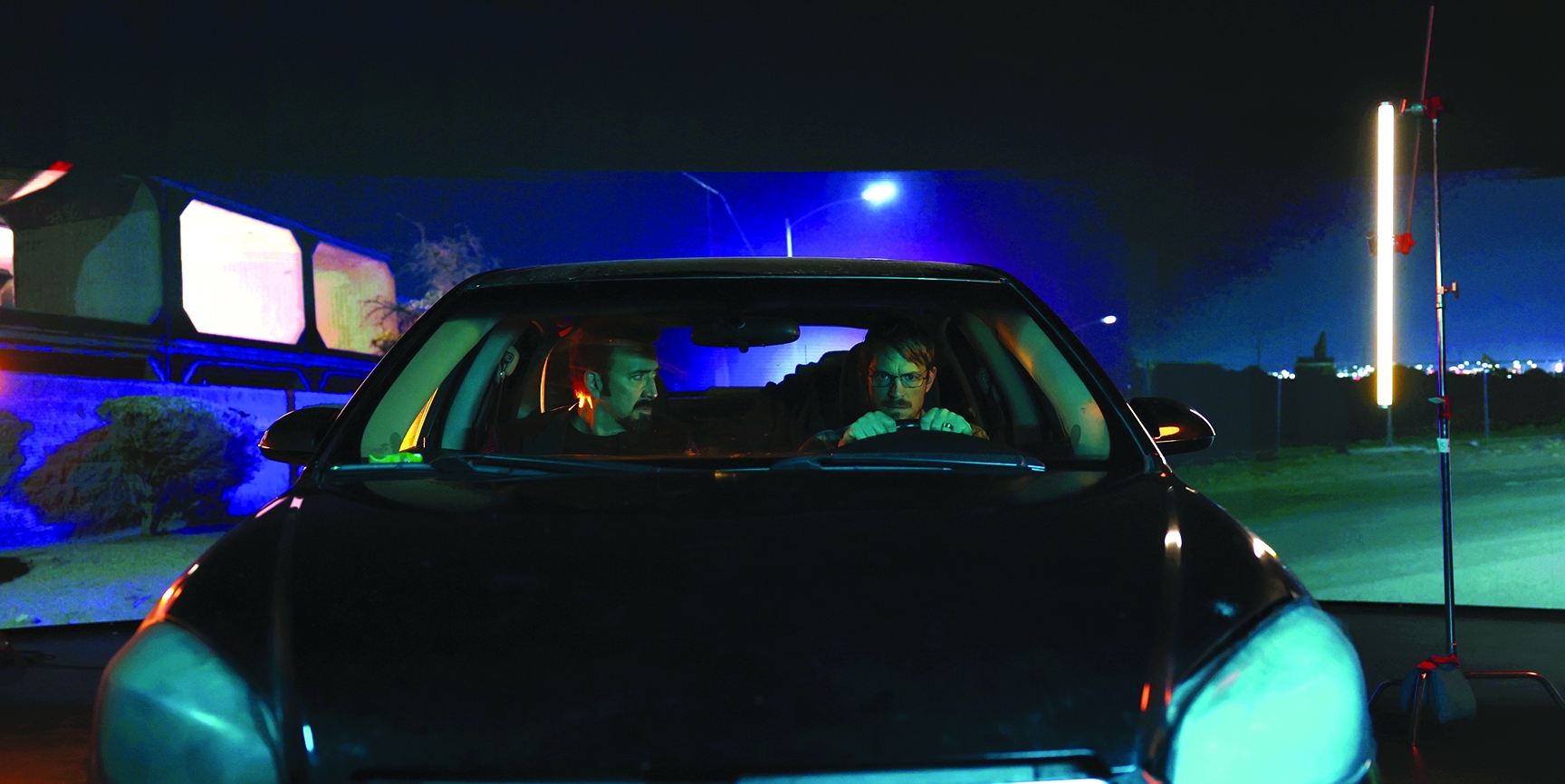
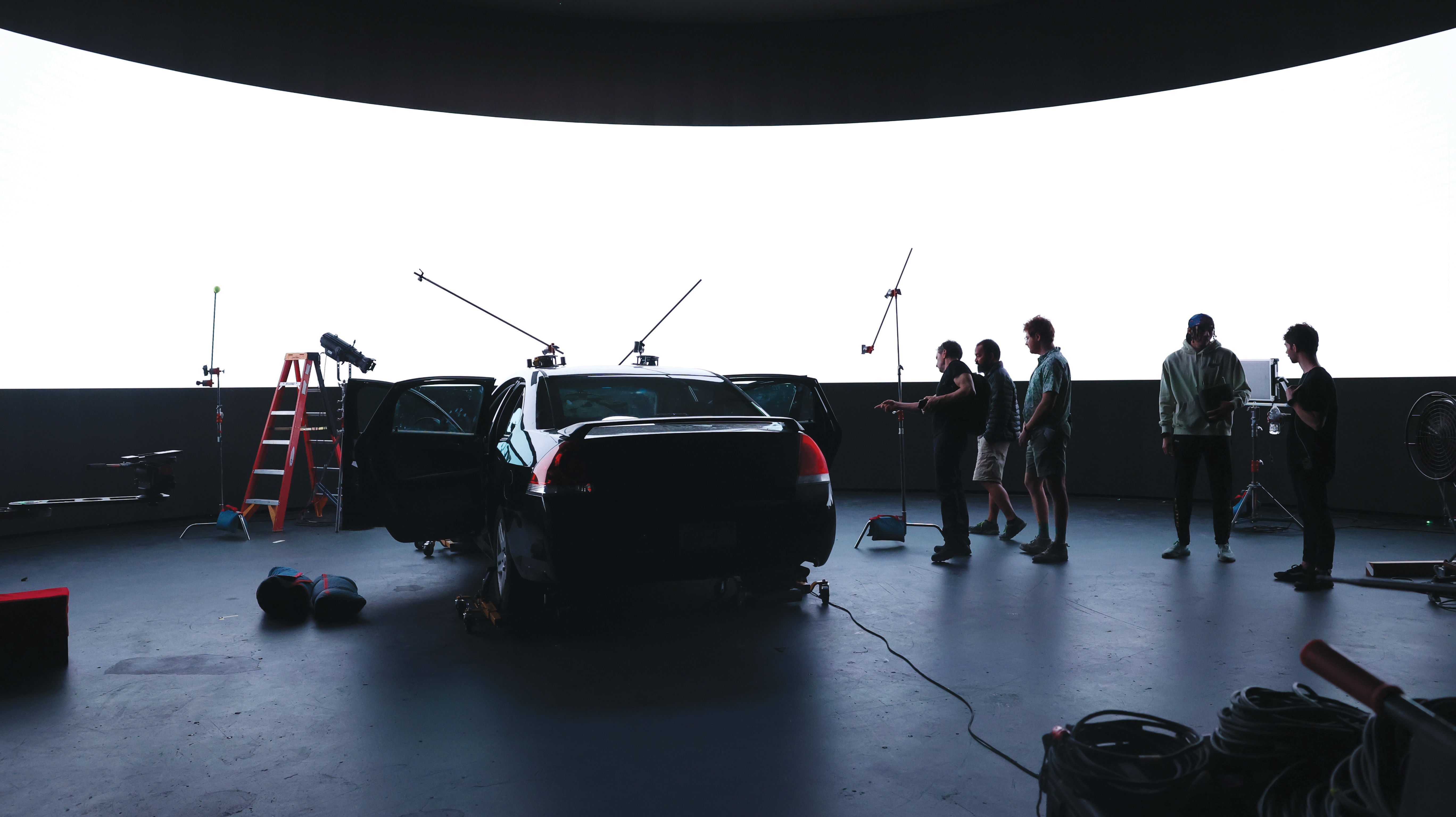
“We had eight distinct angles from the plate cameras,” he adds, “so we would overlap them and bury the overlap behind foreground elements of the car, mostly its side pillars.”
Learning Curves
Holleran notes that “scale and scope” are the challenges of working in any volume, regardless of size. “For example, you can only shoot so wide outside of the car before you see that the wheels aren’t moving — [to avoid having to create CG moving wheels and road,] you can’t ever shoot the entire body of the car.”
Says Adler, “You must carefully frame everything and figure out the best look for multiple cameras within that tighter perspective.”
“You have to get creative,” Holleran says, “and we managed some wide-profile two-shots where we could add extra camera movement. It was still a nicer shooting experience compared to a process trailer.
The production also deployed a lighting package to supplement the wall and ceiling illumination. “Chief lighting technician Greg Doi and I took color samples from on-site locations and matched Astera LED Titan Tubes and Aputure Novas and MCs in strobe mode to match for realism,” Holleran says. “Soft sources came from [Creamsource] Vortexes diffused and cut in tight to avoid any illumination of the LED wall. The trick is to build up the lighting in layers. We matched the floor lights to the wall and ceiling content using Resolume Arena.”
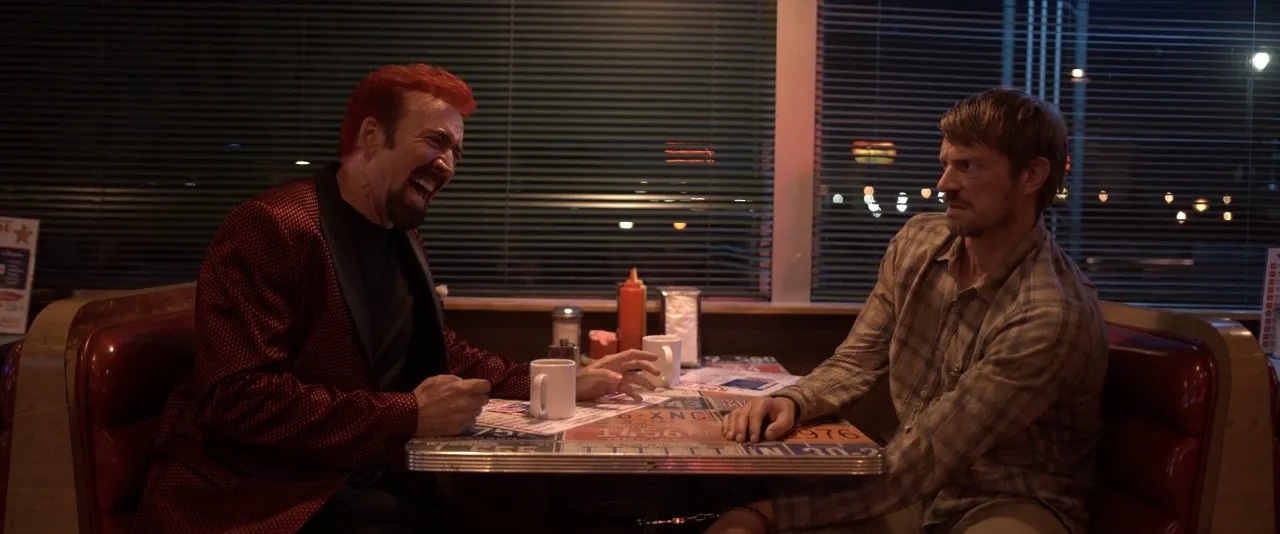
Parting Advice
With his crash course in LED-volume shooting behind him, Holleran offers a few pointers to fellow cinematographers. “The larger and taller the volume, the better, because it allows you to shoot wider frames,” he says — a note especially relevant to productions like this one, which eschewed extensions and subsequent CG work. “You also need to be a part of the conversation early on for the volume’s technical specs and ensure you understand the implications of things like frame rate, refresh rate, moiré and panel type.”
And when shooting in a volume using plate footage, “If you’re taking the process seriously, you’ll want to capture your own plates, preferably in the real locations for the script,” Holleran adds.
Adler found the process especially beneficial for the actors. “Once everything works, with the background playing back well,” he says, “the actors can suddenly do a whole scene of seven or eight minutes without needing to stop.
2.39:1
Cameras | Sony Venice 2 8.6K (main cameras); Sony a7S III (background plates)
Lenses | Panavision Panaspeed, Zeiss Batis (background plates)
